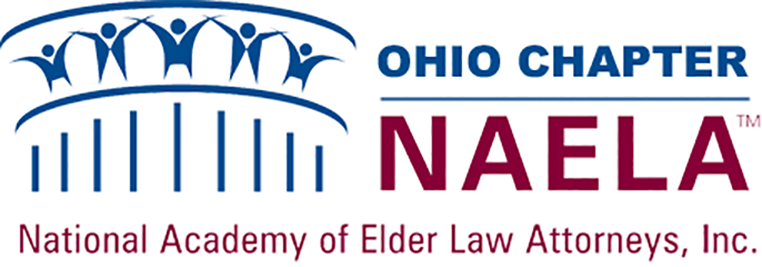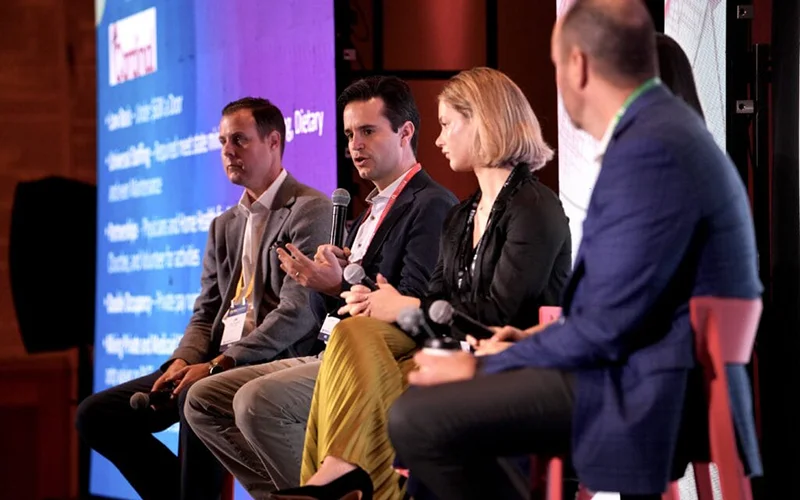From McKnight’s Senior Living — By KIimberly Bonvissuto —
The 2019 “Forgotten Middle” study highlighted the need for housing and care for older adults with incomes too high to qualify for federal assistance but not enough resources to be able to afford private-pay senior living. Wednesday, experts looked at the next steps in serving the middle market during a panel discussion at the 2024 NIC Spring Conference.
The 2019 study was conducted by researchers at the National Investment Center for Seniors Housing and Care, NORC at the University of Chicago, the University of Maryland School of Medicine and Harvard Medical School.
According to the Milken Institute — which released a report earlier this year providing potential solutions to improve the financing and delivery of housing for the middle market — the number of middle-income older adults will increase to 14.4 million by 2029, accounting for 43% of all older adults. Members of this group also are more likely to be solo agers or lack the traditional support of children, and many will have healthcare challenges — 8% will have cognitive impairment, 20% will have high needs and 60% will have mobility issues.
Avery Wallace, a senior associate with the Milken Institute, said the projected amount that will be spent per couple from the start of their long-term care experience to the end of their lives will be $315,000. Even with home equity, she said, 39% of middle-income older adults won’t be able to afford private pay long-term care and will drain their savings quickly.
Financial challenges
Developing a middle-market property comes with significant financial challenges, including high construction costs and lower profit margins, which often discourage investors and lead to limited sources of both debt and equity, Wallace said.
Without eligibility for tax credits for affordable housing, middle-market housing has limited access to “cheap sources of equity,” she said. And without access to traditional financing options, she added, it is challenging to attract new types of investors to the property type.
Steve Kennedy, executive managing director of VIUM Capital, said that developers and operators need to check several boxes to entice investments into the sector, including having a good track record with similar assets, in terms of building, lease-up and achieving stabilized operations.
Developing a strong personal financial statement, having “skin in the game” in terms of equity contribution, and having a supportive market study also carry weight with investors.
Secret ingredients to middle market success
Joseph Pohlen, CEO of Cardinal Senior Management, which operates independent living, assisted living and memory care communities in Michigan, said that serving the middle-income population is a “noble and honorable” thing to do. And distress in the assisted living sector is creating opportunities for middle market options, he added.
But operators can’t have mission without margin.
To make a middle-market project work, Pohlen said, operators must be “militant” with expense controls. He provided several creative ways to control those costs, including adopting a universal staffing model that cross-trains staff members to provide multiple services, developing partnerships with community groups and local healthcare providers to outsource activities departments and healthcare services, and offering private-pay residents who run out of funds the option to transition to double-occupancy rooms to remain in the community.
ABOVE PHOTO: From left, Pine Park Health Chief Strategy Officer Jim Lydiard, Cardinal Senior Management co-founder Joe Pohlen, Milken Institute Center for the Future of Aging Senior Associate Avery Wallace and VIUM Capital Executive Managing Director Steve Kennedy join Innovation Senior Living founder and CEO Pilar Carvajal to discuss navigating the middle market during the NIC 2024 Spring Conference. (McKnight’s Senior Living photo by Tory Soper.)

